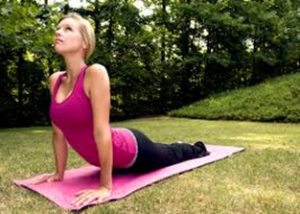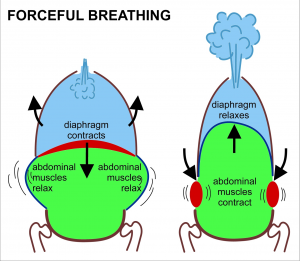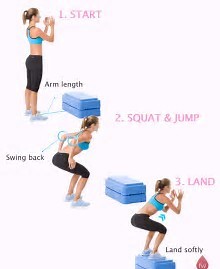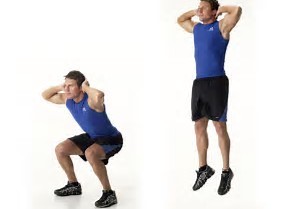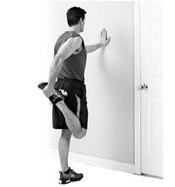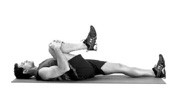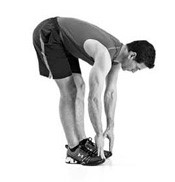by: Breion Young and Kayla Rogers
A driven person who knows what they want and is willing to do whatever it takes to get it might actually be harming themselves and their fitness goals if they go too hard without rest. Rest is very important for your body. To most people rest is more important than the work done on the field, court, and track or weight room.
Rest in between sets will be based on what type of training you’re doing. “Time is on your side when you’re training for pure strength,” says Stankowski. When training for strength you’re going to be lifting very heavy weight. Once you’re at 80% of your one rep max or more you’re repetitions decrease because the weight has increased. For this type of workout the rest period should be between three to five minutes. Most athletes like myself will do a set with a high percentage weight (80% – 85%) and not take the recommended time to recover. By my third set with the same weight my body will start to slow down a bit.
Recovery outside the gym is also important. It includes diet, stretching and of course rest. Outside the gym recovery is focused of replenishing the muscle or groups of muscle and to begin refueling the body for the next workout. Protein is a muscle builder and repairs the damaged muscles but it doesn’t refuel it (Recovering from Hard Exercise, Clark, Nancy). Carbohydrates and the calories from them will refuel your body so the work you just put in isn’t wasted.
